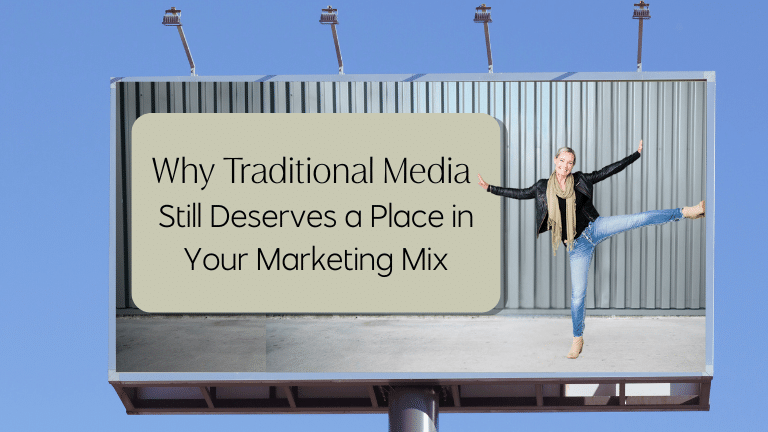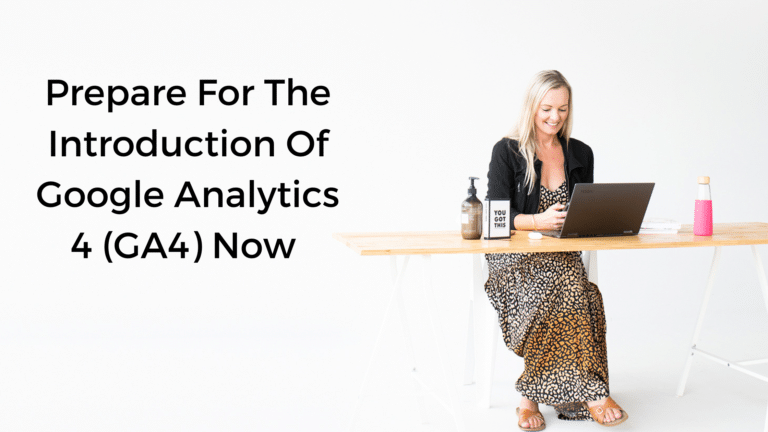What is First Party Data, And Why Should You Care?

Marketers have had a dream run over the last few years.
As Facebook grew and digital marketing evolved, we’ve had access to more customer data than ever before. We could track people across the internet, whether they knew it or not.
Now, that may have been helpful for our analytics, but it hasn’t always been a good thing for individual privacy and consent. Understandably, today’s consumers want more control over their data and how it’s used.
Cue the next level of disruptions for digital marketing. Privacy changes are well underway, and third party tracking is disappearing.
That may make things a little less convenient for marketers. But it’s not the end of the world – we still have plenty of high-quality first party data to guide us.
If you’re not sure what first party data is or why it should matter to you, read on for the low-down.
Defining Third Party Data First
Before we unravel first party data, let’s define what third-party data is, because this is most likely the information you’ve been using to guide your marketing strategy until recently.
Third party data is user information or behavioural information collected from a third party – aka someone (or somewhere) other than your customer themselves. This data could come from a variety of sources, but most commonly for small business marketers, it has been gathered from third-party cookies that collected information from websites, apps, and services.
These tracking cookies weren’t illegal, but often, consumers weren’t aware of just how closely they were being tracked across the internet, and exactly what information they were unwittingly sharing with companies they may never even have heard of.
Sometimes, third party data is collected, sorted and sold from one company to another – all without permission from consumers.
So, if third party data is information collected rather slyly over the internet, what is first party data?
What Is First Party Data?
First party data is much more above board because it is collected directly from customers with their full knowledge and permission.
This data may be gathered online via apps, surveys, or websites, or collected by businesses in the real world. It includes information such as digital interactions with your business, purchase history, preferences, personal details (as provided by your customer), search history, and behaviour.
As opposed to third party data, which delves into your customers’ habits once they move away from your little piece of the internet, first party data tells you how your customers use your products and services. And unlike third party data, first party data is not shared with other businesses.
Why You Need To Get Familiar With Your First Party Data
Third party data collection is on the way out because consumers are no longer okay with these privacy invasions.
Research from Accenture explained that “87% of consumers believe it is important for companies to safeguard the privacy of their information.” What’s more, “58% of consumers would switch half or more of their spending to a provider that excels at personalizing experiences without compromising trust.”
Big companies like Apple and Google are responding to consumer sentiment and new privacy law changes by altering the way they collect data. There is also a significant incoming shift to cookieless browsers, which will force marketers to stop relying so heavily on third party data.
If you’re concerned that your business won’t be as successful without all the cookies, don’t be. Studies conducted over the past few years reveal that brands using first party data in their marketing strategies experienced an increase in revenue of as much as 2.9 times over companies that didn’t. Plus, they saved up to 1.5 times the cost!
Start Building A First Party Strategy Today
What is first party data good for? Pretty much everything, if you gather and use it correctly. One of the most obvious benefits is that it encourages businesses to build stronger relationships with their customers.
The better you know your customers, the more data they’ll be willing to share with you, and the more you’ll be able to provide value and improve your offerings.
First party data helps improve your marketing to your existing customers – and since it’s more profitable and less expensive to retain customers than find new ones, this is a great strategy to use!
On top of that, first party data is your data, reflecting actual interactions with your brand across all your customer touchpoints. What better way to map your customer journey and improve targeting? This kind of information reveals valuable insights that third party data just can’t offer.
Want to unlock the power in your first party data? Then, let me help you do it. Together, we can create an effective marketing strategy that connects with the right kind of clients!






